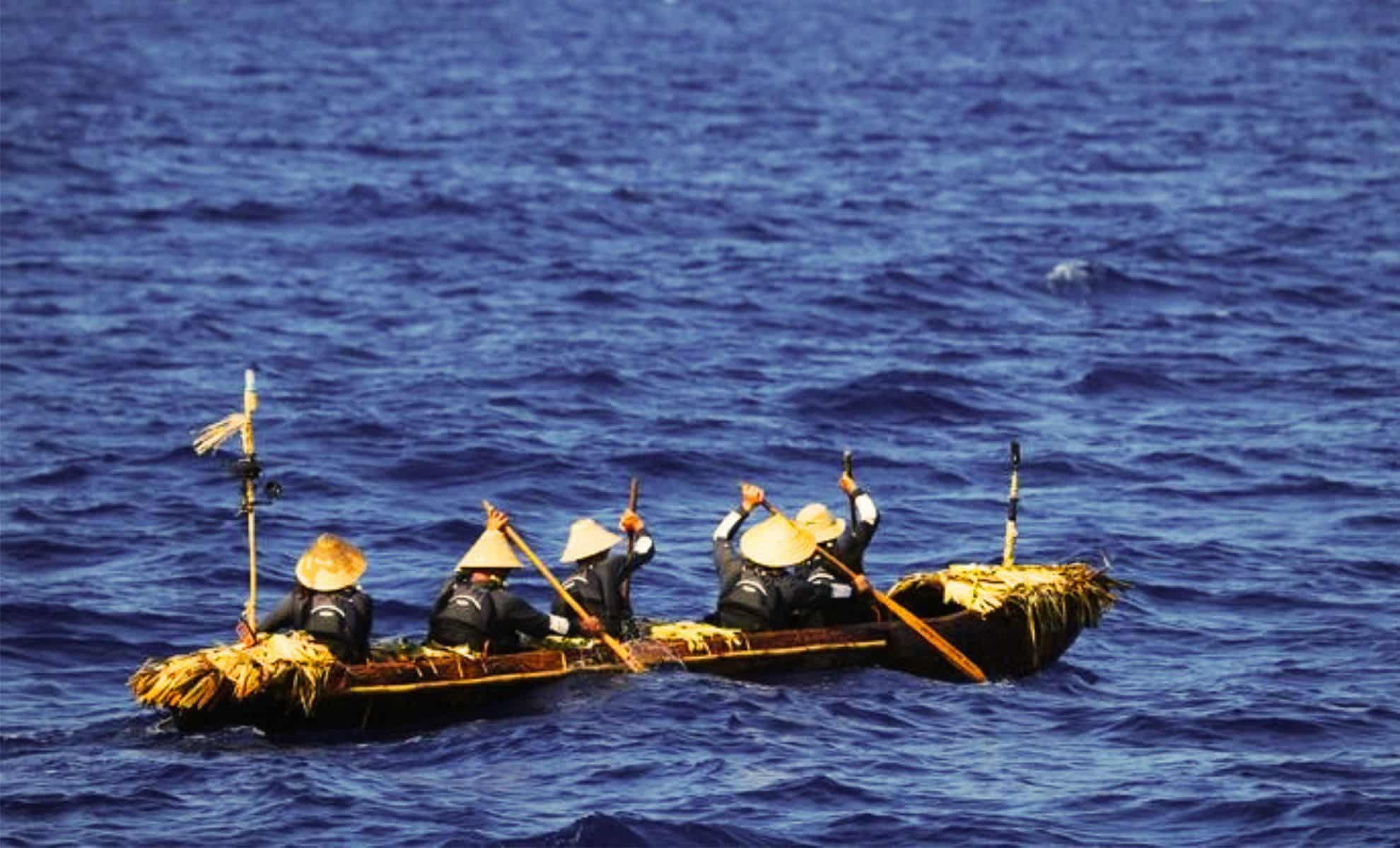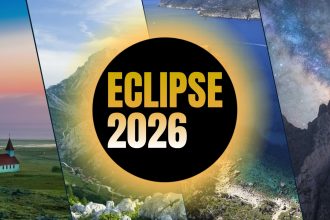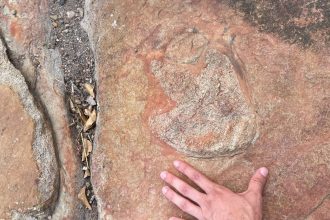In the lush forests of eastern Taiwan, a dedicated group of scientists aimed to uncover a mystery that has intrigued archaeologists for generations: How did Paleolithic humans manage to reach the distant islands of southern Japan without modern navigational aids? This curiosity spurred an audacious real-life experiment that sought to reconnect thousands of years of human history.
Under the guidance of Professor Yousuke Kaifu from the University of Tokyo, researchers from both Japan and Taiwan embarked on a remarkable expedition to replicate one of humanity’s earliest known sea voyages. Their route measured approximately 225 kilometers across the open ocean, starting from eastern Taiwan and heading to Japan’s Yonaguni Island. In a bid for authenticity, the team crafted a 7.5-meter dugout canoe using replicas of 30,000-year-old stone tools.
Merging Ancient Techniques with Modern Expertise
The construction of this canoe commenced in 2019, utilizing a single Japanese cedar log that was felled with a reconstructed Paleolithic axe. The hollowing process took place during a public demonstration at Tokyo’s National Museum of Nature and Science. Participating craftsman Kunihiro Amemiya donned traditional animal hide attire while showcasing age-old woodworking methods throughout this endeavor.
Notably, actress Hikari Mitsushima, hailing from Okinawa Prefecture, took part in the canoe carving. She highlighted the symbolic essence of the initiative, stating, “As the trunk is hollowed out bit by bit, it’s like the memories of those making it are being left behind.” The finished vessel, dubbed Sugime, was meticulously constructed to withstand the challenges of an open sea journey.
A Journey Guided by Nature
In 2025, the team launched Sugime into the East China Sea, aiming to retrace the inkling of early human migratory paths. Over the course of more than 45 hours of paddling, they navigated without maps or navigational devices, relying solely on natural elements like the sun, stars, ocean swells, and instinct. Their journey progressed from Taiwan to Yonaguni Island in the Ryukyu Archipelago of Japan.
The crossing was often marked by minimal land visibility, leading the researchers to surmise that early humans must have possessed advanced seafaring skills. Professor Kaifu remarked, “We now know that these canoes are fast and durable enough to make the crossing. But that’s only half the story. Those male and female pioneers must have all been experienced paddlers with effective strategies and a strong will to explore the unknown.”
Simulations Illuminate Ancient Navigation Techniques
In complement to their physical endeavor, the team conducted extensive virtual simulations. These models replicated ancient ocean conditions while assessing various departure points, seasons, and paddling techniques. The findings supported the theory that launching from northern Taiwan increased the chances of a successful voyage.
A critical discovery revealed that adjusting their angle slightly southeast, instead of heading straight for their destination, could effectively counter the Kuroshio Current, one of the world’s strongest oceanic flows. Dr. Yu-Lin K. Chang, an oceanographer at JAMSTEC, noted, “I thought if you entered it, you could only drift aimlessly. But the results of our simulations went far beyond what I had imagined.”
Reevaluating the Scope of Early Human Exploration
This research strengthens the notion that early modern humans navigated to the Japanese archipelago using canoes, filling in gaps left by the ocean’s relentless erosion of archaeological evidence. Traditional findings—artifacts and skeletal remains—have not provided a complete picture, leading the team to experimental archaeology as a key to understanding these ancient routes.
Professor Kaifu drew parallels between ancient migratory practices and subsequent seafaring civilizations, including the Polynesians, who traversed vast stretches of the Pacific without maps. “There are a variety of signs on the ocean to know the right direction, such as visible land masses, heavenly bodies, swells and winds. We learned parts of such techniques ourselves along the way,” he remarked.












